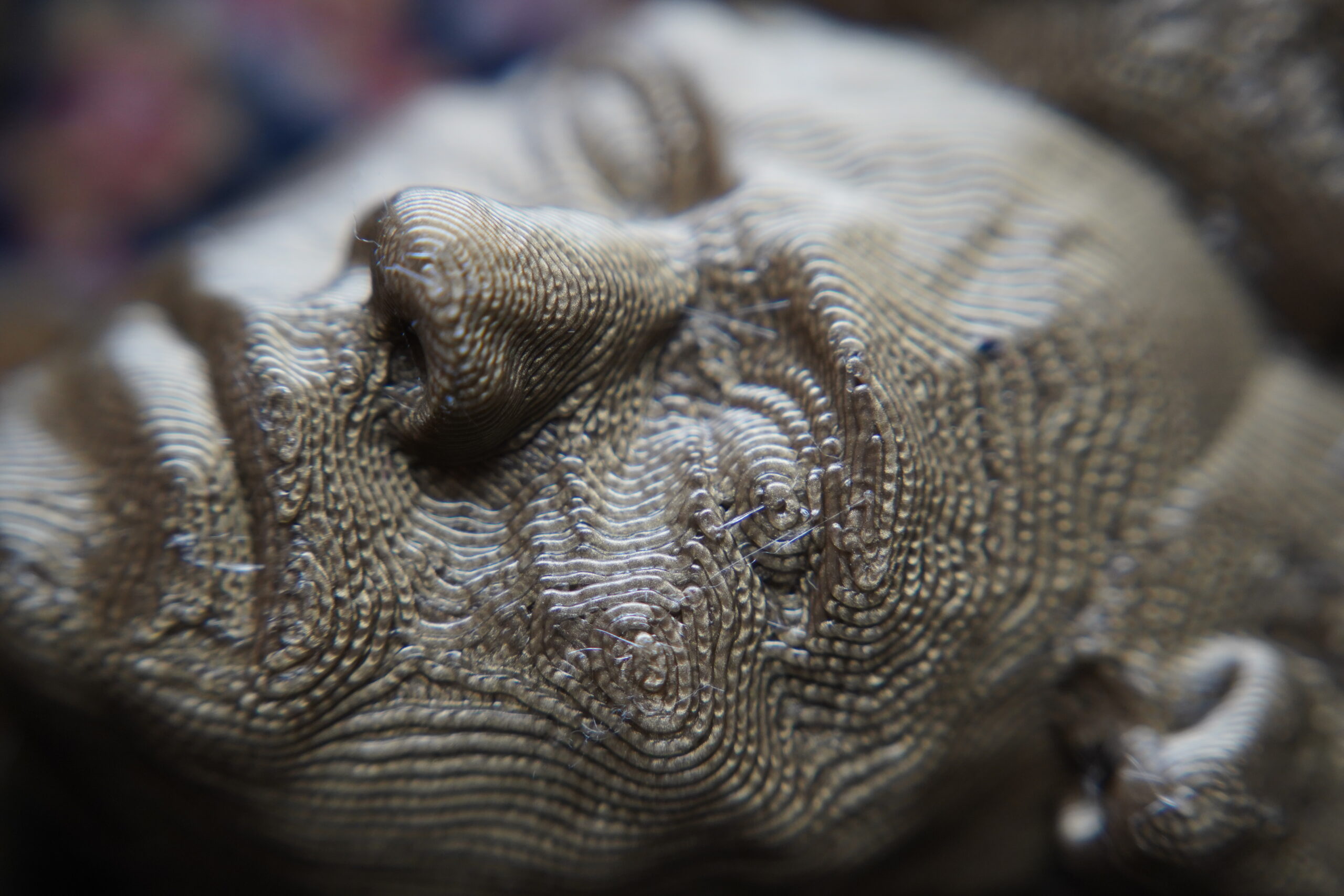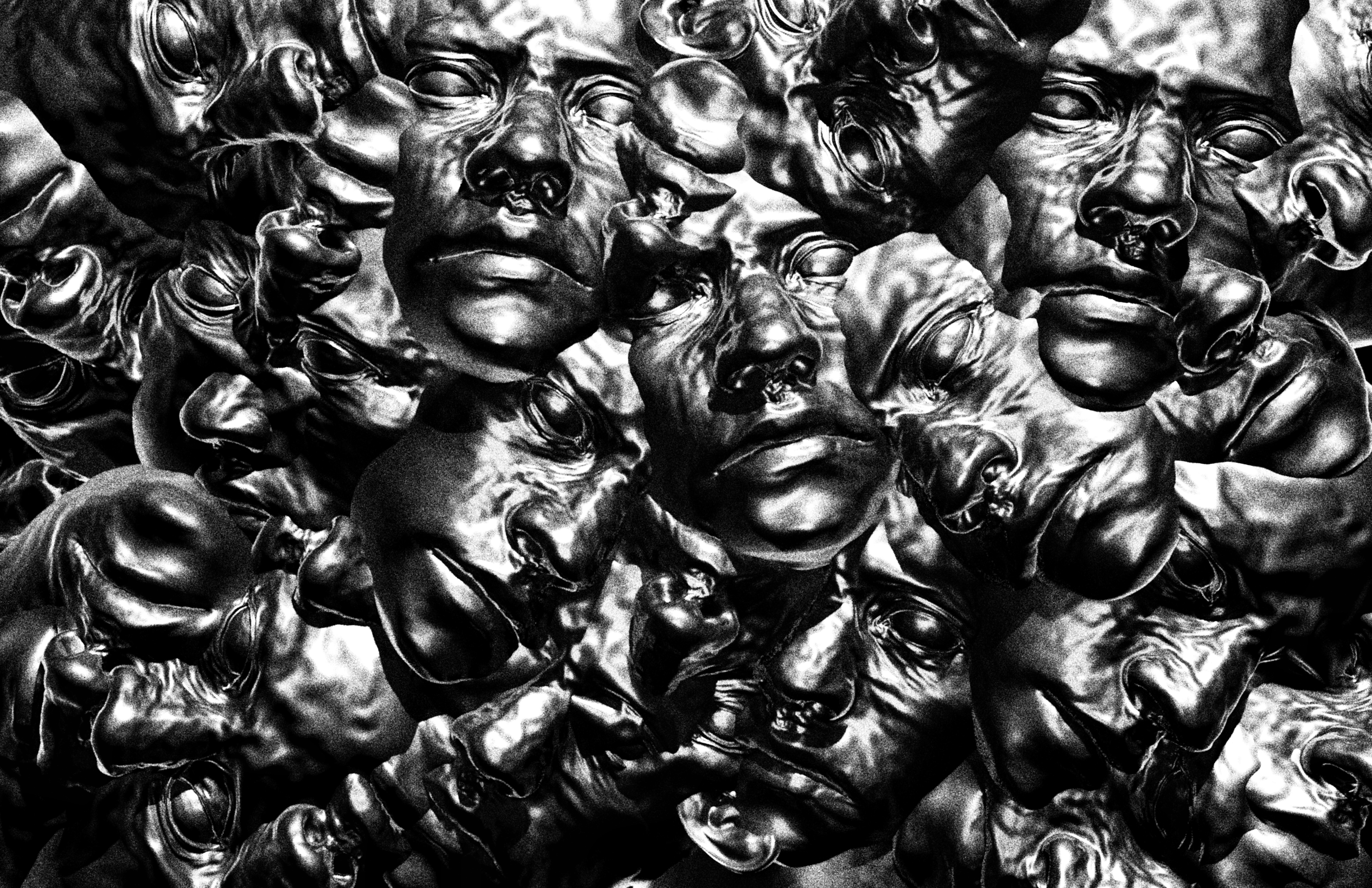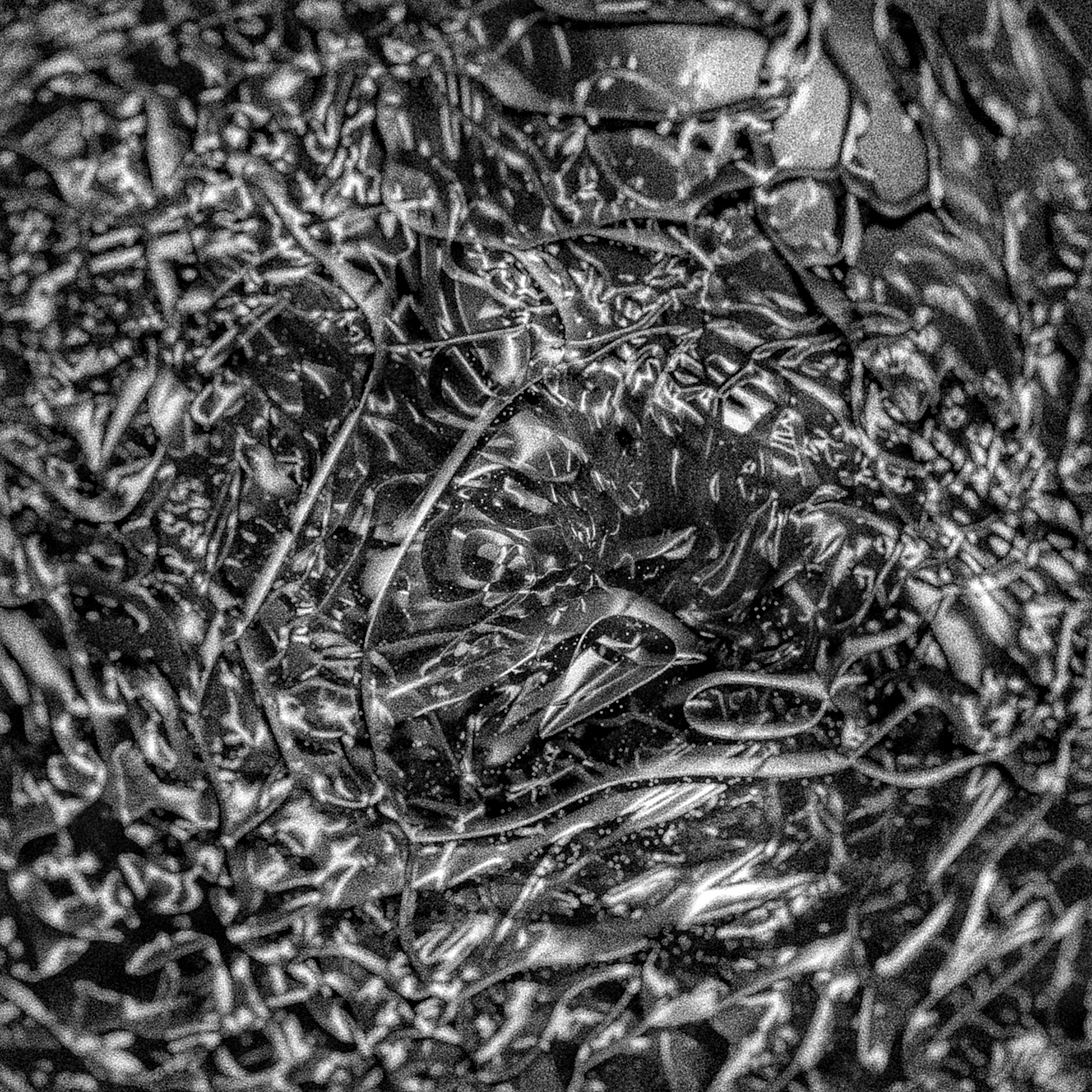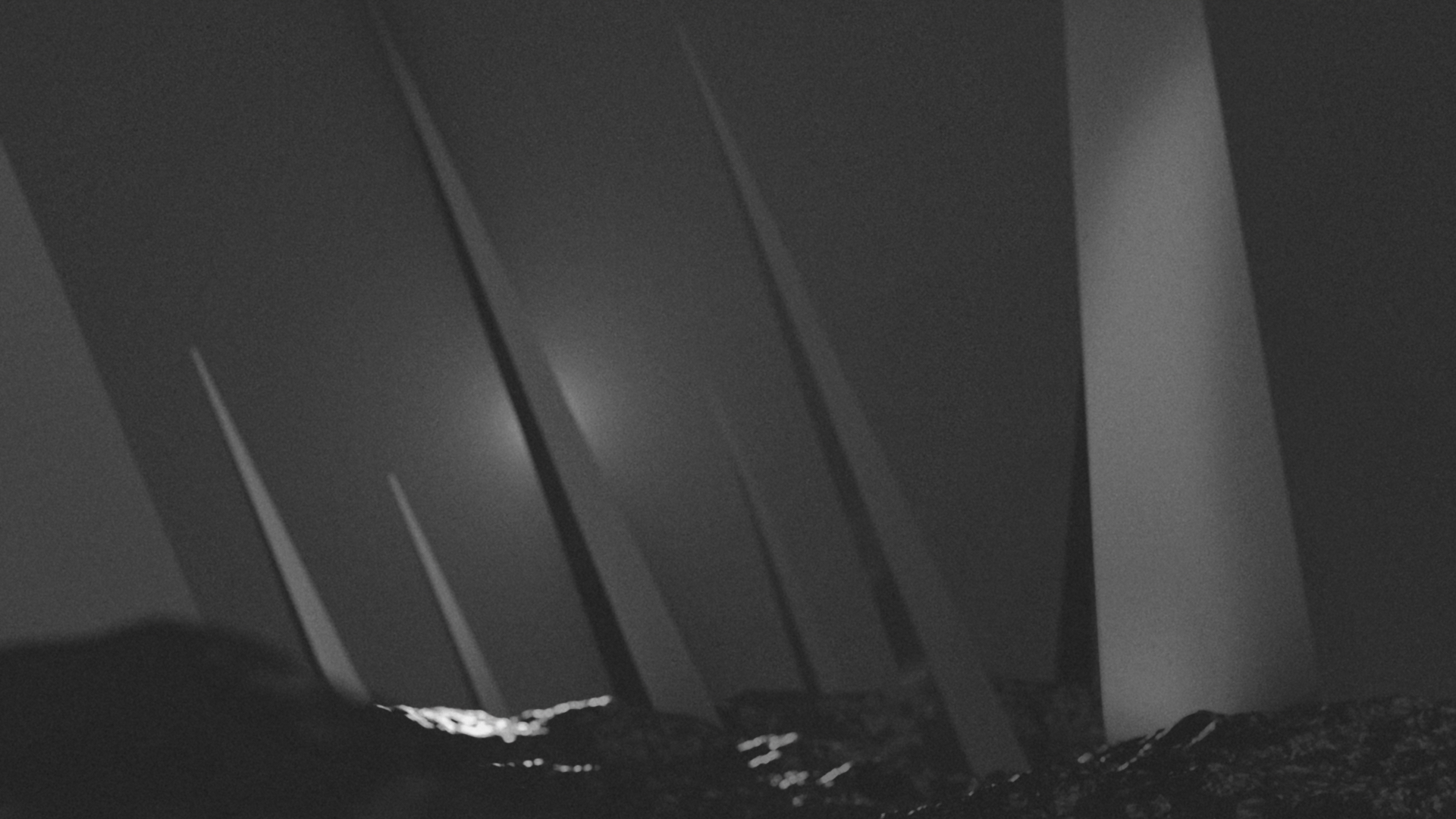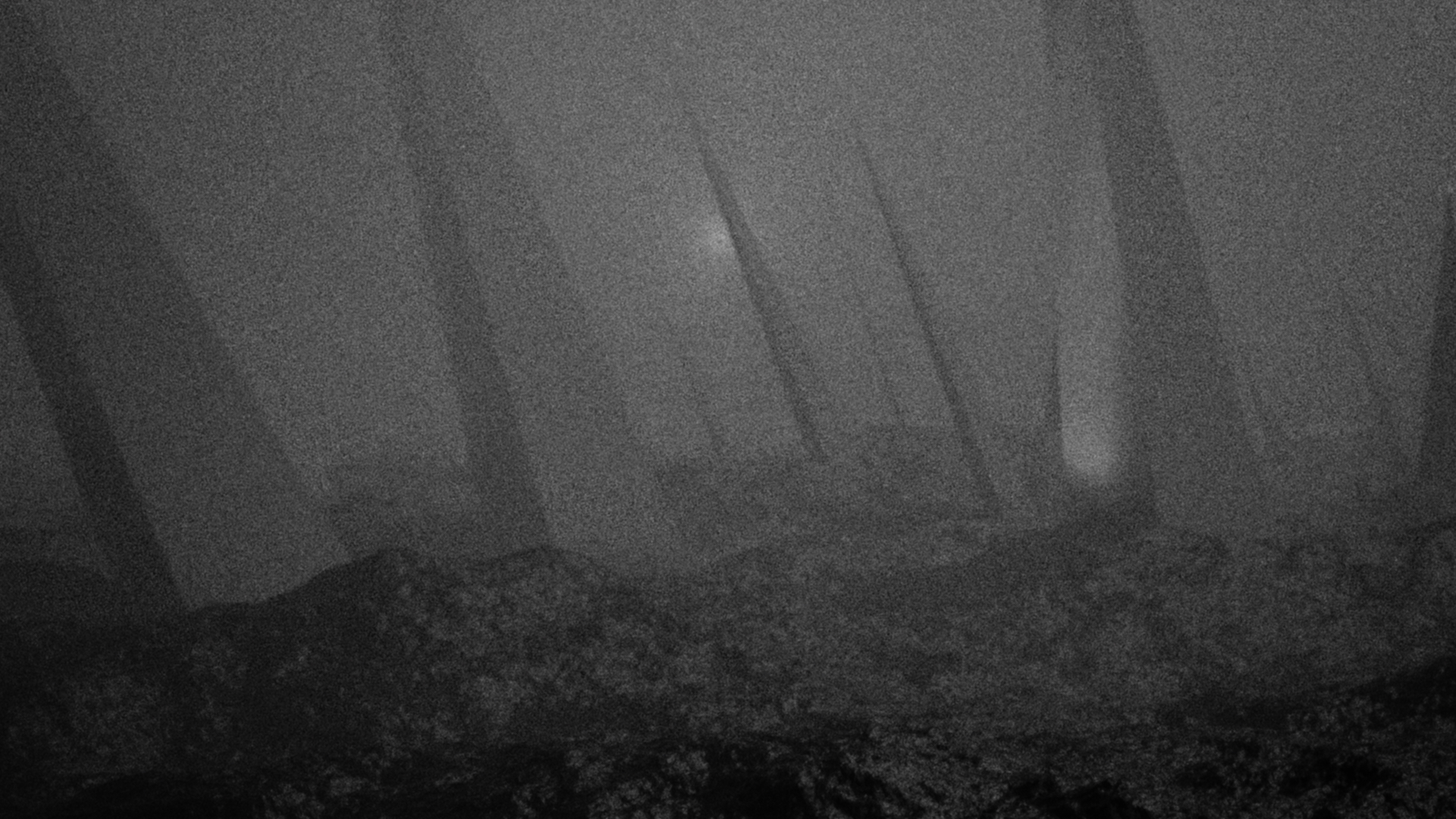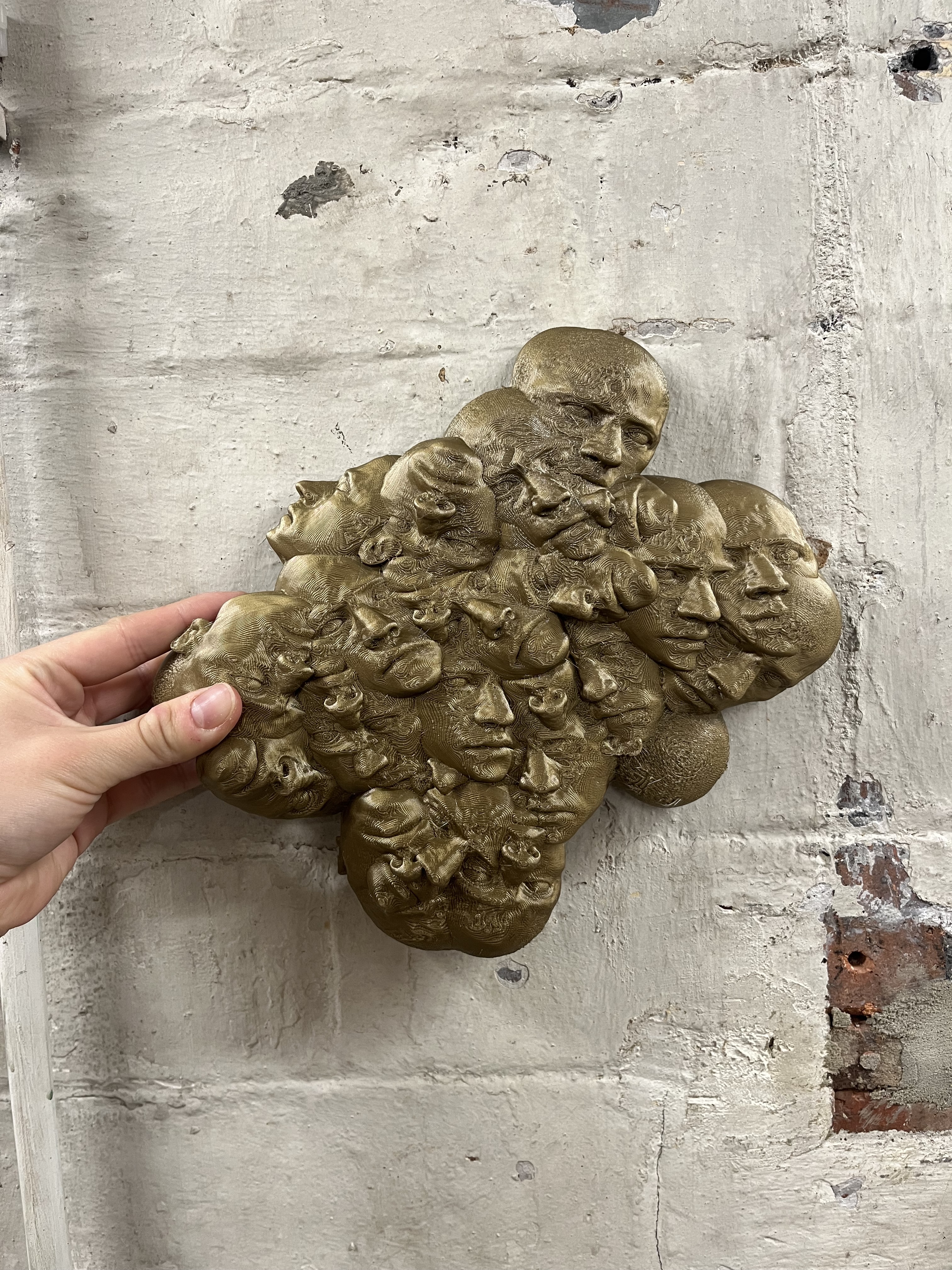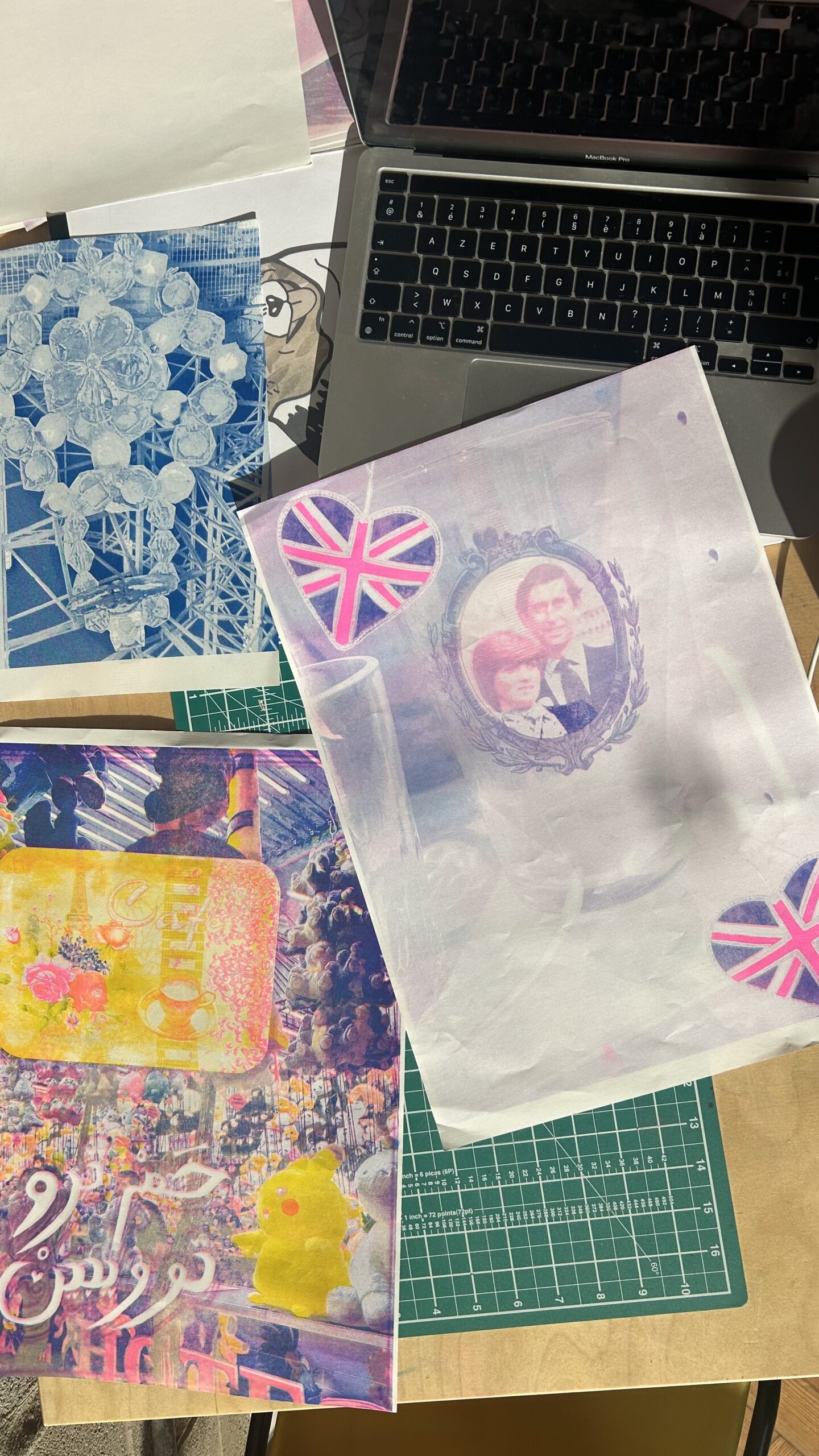Following on from their MADE IT residencies, we’ve been catching up with the artists about their practice.
Earlier this year, multidisciplinary artist Levi Felix joined us in Convention House to spend time developing their practice and exploring new materials. Working fluidly across moving image, sculpture, and installation, Levi’s work blurs the boundary between digital and physical space. Their practice is driven by a fascination with world-building, transformation, and surreal storytelling as a way of reimagining identity and form through the act of making.
For Levi, this approach marks a shift from their background in filmmaking. ‘I describe my practice as multimedia surreal storytelling – beginning from film, I wanted to start to open things up, to be able to make whatever I want, and not feel restricted by the form.’
That openness became central to the way Levi now works. Ideas begin in sketchbooks and fragments, whether through drawings, collages, textures, or short writings, that gradually evolve into worlds. ‘Even when I was studying film, I approached it like that,’ Levi says, ‘I’d sketch, build, test things. Now I think more about the rules of what I’m making: what it sounds like, looks like, who exists there.’
During their residency, Levi began to explore how these imagined spaces could take on physical shape through sculpture and 3D printing. ‘It was the first time I’d seen the digital and physical connect,’ they recall, ‘That process helped me picture the next stage of my work: how something imagined can form right in front of you.’
The work developed from a series of research threads around nuclear storage and speculative design. Levi became interested in Spike Field, a 1980s proposal by Sandia National Laboratories for a landscape of towering metal spikes intended to warn future civilisations about buried nuclear waste.
‘I was fascinated by the language of warning and protection,’ they explain. ‘It made me think about what we bury now – not just physically, but socially. For me, that became connected to trans bodies and visibility. I started imagining these buried bodies as artefacts from the future, asking why they were hidden in the first place.’
This intersection of myth, material, and memory sits at the heart of Levi’s current practice as a visual narrative that moves between fiction and reality, building speculative worlds that question what survives and what is erased.
Having recently taken a studio space at Pink in Stockport, Levi describes the difference it’s made to their process. ‘It’s the first time I’ve had a space of my own, even though it’s shared, it’s a place where I can spread out, test ideas, and be around other artists. That sense of community really helps, being able to talk to people, to bounce ideas around.’
The residency also offered a period of focus and freedom. ‘It was a chance to play. I went in with a loose plan, but mostly I wanted to use the time and facilities as much as possible. It’s rare to have that space without pressure. It reminded me how valuable experimentation is and that it doesn’t always need to lead somewhere.’
While the experience was positive, Levi also reflects on the need for connection during the process. ‘There were times when it felt quite quiet in the space,’ they admit, ‘I like having other artists around. Not to necessarily to collaborate, but just to share energy with. I think you learn a lot from those small interactions.’
The residency confirmed for Levi how much their practice depends on access: to space, tools, and people. ‘It didn’t change my ideas, but it changed how I can realise them. I’ve spent so long in film that learning new techniques feels like a second education. I don’t ever want to feel like I’ve cracked the code. I want to keep learning, to keep moving.’
Balancing full-time work with creative practice brings its own challenges, but Levi is taking things steadily. ‘Right now, I’m focused on developing new skills, experimenting, and seeing where it goes,’ they say. ‘I’m not in a rush, I want to let the work lead the way.’
Find Levi: @levifelixholton | levifelixholton.com
MADE IT is organised by Short Supply, and funded by Arts Council England, and the 2024 MADE IT was organised in partnership with DMZ Studio.
